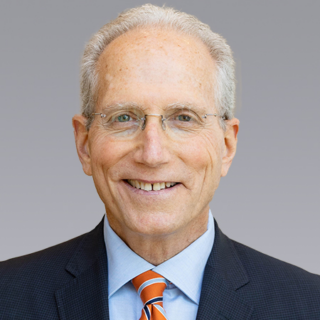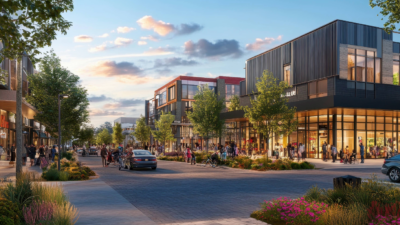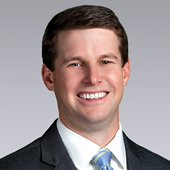The current healthcare landscape is marked by the convergence of three dynamic challenges: generational shifts, socioeconomic disparities, and geographic divides. As we emerge from the pandemic, healthcare leaders face the complex task of not only addressing immediate staff demands and economic realities but also integrating rapidly evolving technologies.
This evolution requires a delicate balance between acute care and preventative measures while bridging gaps in accessibility.
Tailoring Care for Different Generations
For young families, convenient and timely access to healthcare is crucial. Extended clinic hours, walk-ins, and virtual appointments break down barriers, increase utilization and streamline the experience.
Leveraging technology for on-demand care is a critical aspect of meeting the needs of young families and 30-somethings. Embracing telemedicine and mobile health applications provides them with on-demand access to healthcare services, empowering individuals to take control of their healthcare journey and enabling providers to offer more personalized care plans and interventions.
For the older generation, quality care is paramount. Balancing acute and long-term health needs is crucial for maintaining independence in aging patients. One issue many individuals in this age group experience is a lack of continuity and effectiveness between medical services. Bridging this gap in care delivery is an essential aspect of addressing the unique healthcare needs of older adults. Coordination among various healthcare providers and community resources is vital in ensuring a holistic approach to care, promoting independence and enhancing overall well-being.
As the population ages and dependency ratios increase, health stakeholders will need to ensure both access to quality care and responsiveness of available care to older adults’ desire to remain independent, per McKinsey.
Socioeconomic Disparities in Healthcare
Recognizing the significant impact of social, economic, and environmental is a critical issue facing healthcare leaders. According to research from Deloitte, these “drivers of health” play a crucial role in shaping individuals’ overall well-being, often accounting for up to 80% of health outcomes.
Addressing these factors could impact the growing patient load, which poses a challenge for healthcare systems worldwide. As patient loads increase, providers must find innovative ways to manage the demand for services.
This may involve optimizing workflows, expanding the use of nurse practitioners and physician assistants, and leveraging technology for remote monitoring. AI has recently emerged as a powerful tool in modern healthcare. Artificial intelligence can significantly improve patient experiences by tailoring care plans, offering predictive analytics for early interventions, and ensuring seamless communication between patients and healthcare providers.
While personalized therapies hold great promise for improving outcomes, ensuring access for all patients is equally important. This requires innovative approaches to care delivery, as well as addressing cost barriers that may limit the availability of widely effective treatments.
Bridging the Urban-Rural Healthcare Divide
Accessibility challenges are particularly pronounced in rural areas, where over 61 million Americans reside. These regions face unique healthcare challenges, including limited access to services and healthcare facilities.
Ensuring access to quality care in these regions is essential for overall public health and well-being.
The Center for Healthcare Quality and Payment Reform reports that 30% of all rural U.S. hospitals are now at risk of closing due to financial pressures.
Finding creative solutions to maintain access to care, including telemedicine, mobile clinics, and community partnerships, is essential. While telemedicine has seen significant growth, there remains a need for physical medical facilities, particularly in underserved areas. Balancing the benefits of virtual care with the necessity of brick-and-mortar facilities is crucial in ensuring comprehensive and accessible healthcare for all.
Looking Ahead: Navigating Dynamic Challenges
As we stand on the precipice of rapid transformation in healthcare, leaders have a unique opportunity to shape the future of the industry. Investments in facilities, innovation in infrastructure and design, and a keen focus on adapting to evolving patient needs will be instrumental in navigating the changing landscape. Those who embrace technology, address socioeconomic disparities, and bridge geographic divides will emerge as leaders in healthcare’s rapidly evolving landscape.
By tailoring care to different generations, recognizing the impact of socioeconomic factors, and ensuring accessibility across diverse geographic settings, we can forge a path towards a more inclusive, effective, and patient-centered healthcare system.

 Joseph Fetterman
Joseph Fetterman

 Shawn Janus
Shawn Janus
 Malcolm Randolph Jr.
Malcolm Randolph Jr.
 Brian Bruggeman
Brian Bruggeman